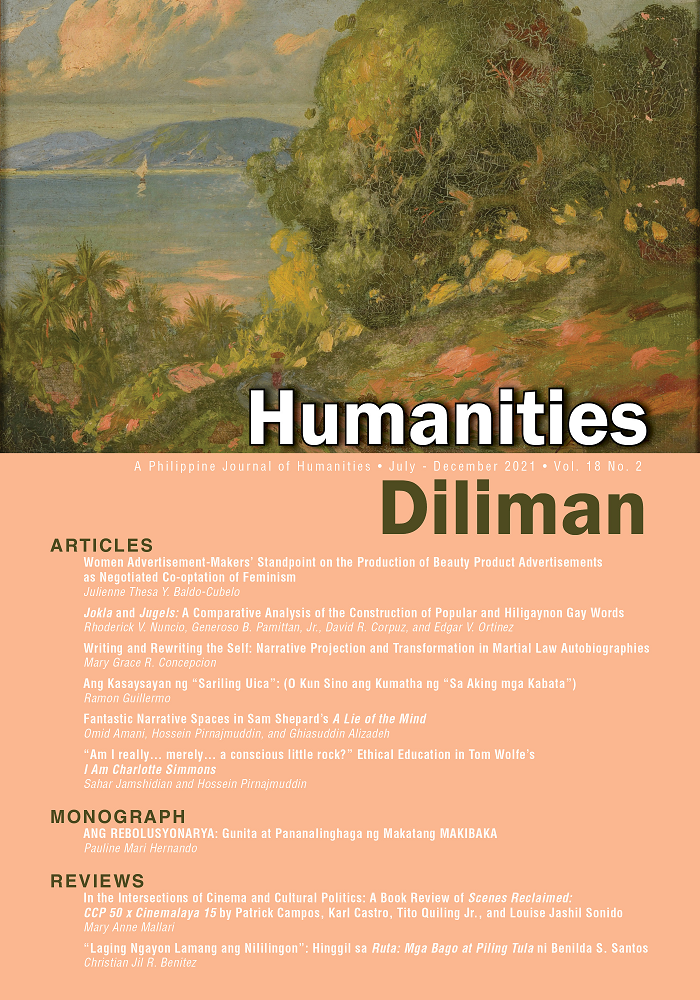Fantastic Narrative Spaces in Sam Shepard’s A Lie of the Mind
Abstract
A Lie of the Mind (1985) is arguably one of Sam Shepard’s most complex family
plays. It displays Shepard’s experiments with a fluid use of stage space and
storytelling that is visually quite uncanny. In this study, we will attempt to shed
light on the impossible along with the possible worlds projected in a textual
fictional world in Shepard’s play. Also examined are the “narrative spaces” and
the “impossible/fantastic spaces” constructed in the play. Deploying Marie-Laure
Ryan’s views on space and possible worlds and Patricia García’s model of space
and its transgressions, we analyze space in the play, by and large, from two
distinct perspectives: 1) the environment in which narrative is physically set up,
or, to put it another way, as the medium in which narrative as a storyworld is
projected and appreciated, and 2) the fantastic postmodern dramas that picture
impossibilities. By deconstructing objective mapping, we argue that A Lie of the
Mind’s postmodern mapping aims to critique the earlier belief in claims of “truth
of space” and tries to construct a totally subjective reality or architecture which
summons the reader’s mental activity to picture such a reality.


